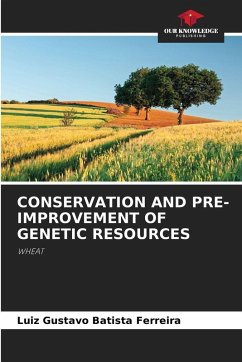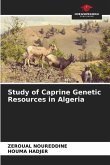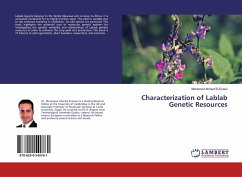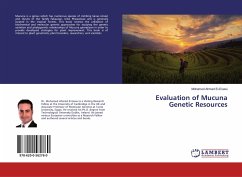A classic way for researchers to find new genes of interest is to identify potentially useful characteristics in a germplasm bank or to use plant pre-breeding resources, since genes with potential for use, once identified, can be incorporated into elite genotypes.In this context, the Food and Agriculture Organization of the United Nations (FAO) has been suggesting the expansion of characterization and evaluation activities, as well as an increase in the number of nuclear collections and genetic pre-breeding programs, with the aim of favoring the genetic base of cultivated species, thereby expanding genetic gain (Singh, 2001). Since the 1990s, the dynamics of genetic resource exchange worldwide have been marked by changes (Lopes, 2006). In Brazil, after the creation of the Cultivar Protection Law (Brazil, 1997), there was greater restriction on exchange between the country's various genetic improvement programs, which reinforces the importance of characterizing and conserving accessions in regional germplasm banks.
Bitte wählen Sie Ihr Anliegen aus.
Rechnungen
Retourenschein anfordern
Bestellstatus
Storno








